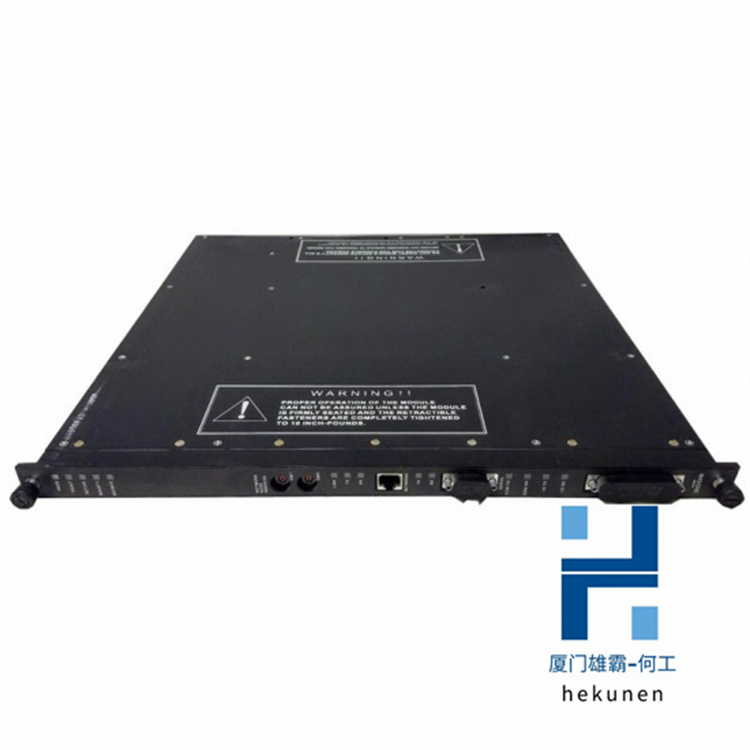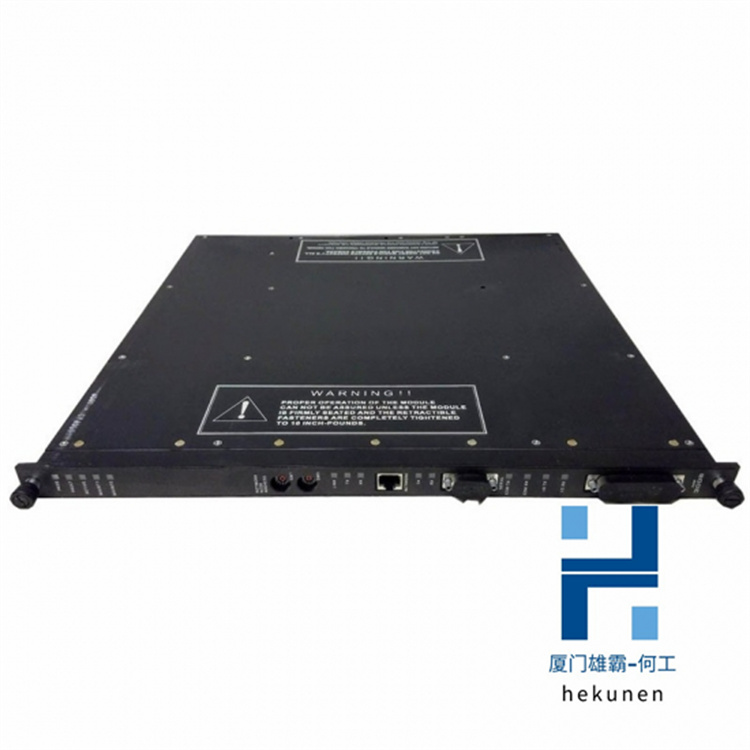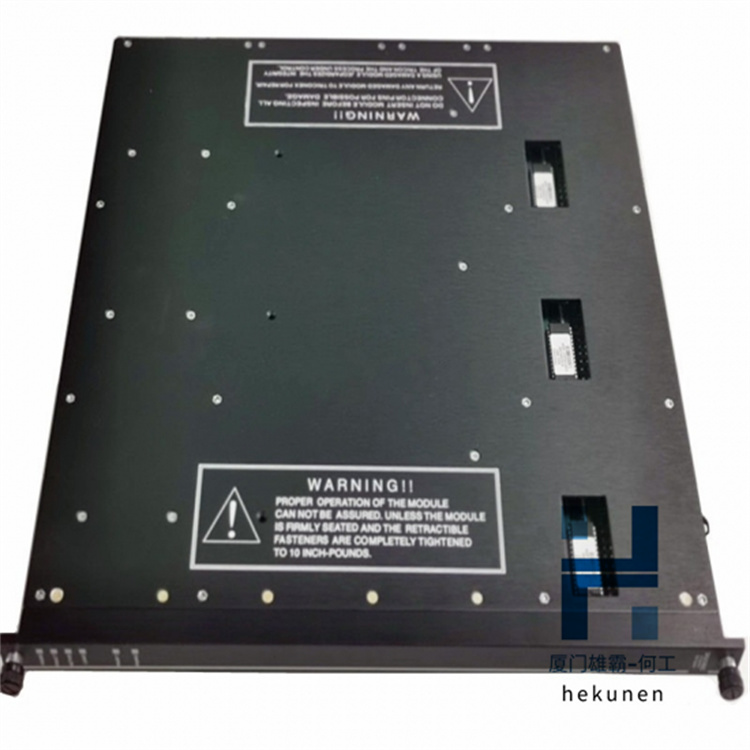服务热线
13313705507


型号: T9432 Triconex
分类: 英维思 Triconex
联系人:何经理
手机:13313705507
QQ:2235954483
邮箱:2235954483@qq.com
地址:厦门市思明区吕岭路1733号万科创想中心2009室





在边缘启用人工智能功能可以提高运营效率并降低工业应用的风险和成本。通过在实施过程中解决特定的处理要求,为您的工业 AIoT 应用选择合适的计算平台。
IIoT 应用程序正在生成比以往更多的数据。在许多工业应用中,尤其是位于偏远地区的高度分布式系统,可能无法将大量原始数据不断发送到中央服务器。为了减少延迟、降低数据通信和存储成本并提高网络可用性,企业正在将人工智能和机器学习转移到边缘,以便在现场进行实时决策和行动。
这些在物联网基础设施上部署人工智能能力的应用被称为“AIoT”。尽管用户仍需要在云端训练 AI 模型,但可以通过在边缘计算机上部署训练好的 AI 模型,在现场执行数据收集和推理。本文讨论如何为工业 AIoT 应用选择合适的边缘计算机,并提供几个案例研究以帮助入门。
将 AI 带入 IIoT
工业物联网 (IIoT) 的出现使广泛的企业能够从以前未开发的来源收集大量数据,并探索提高生产力的新途径。通过从现场设备和机械中获取性能和环境数据,组织现在可以使用更多信息来做出明智的业务决策。不幸的是,有太多的 IIoT 数据供人类单独处理,因此大部分信息都未经分析和未使用。
因此,难怪企业和行业专家正在转向 IIoT 应用程序的人工智能和机器学习解决方案,以获取整体视图并更快地做出更明智的决策。
连接到互联网的工业设备数量惊人地逐年增长,预计到 2025 年将达到 416 亿个端点。更令人难以置信的是每台设备产生的数据量。
事实上,手动分析制造装配线上所有传感器生成的信息可能需要一生的时间。难怪“不到一半的组织结构化数据被积极用于决策,而只有不到 1% 的非结构化数据被分析或使用”。
对于 IP 摄像机,每天生成的近 1.6 EB 视频数据中只有 10% 得到分析。尽管我们有能力收集越来越多的信息,但这些数字表明数据分析存在惊人的疏忽。人类无法分析我们产生的所有数据正是企业正在寻找将人工智能和机器学习纳入其 IIoT 应用程序的原因。
想象一下,如果我们每周 5 天,每天 8 小时,仅依靠人类视觉在制造装配线上手动检查高尔夫球上的微小缺陷。即使公司能够负担得起一整支检查员,每个人仍然自然容易疲劳和人为错误。
同样,铁路轨道扣件的人工目视检查只能在列车停止运行后的半夜进行,不仅耗时而且难度大。同样,对高压输电线和变电站设备进行人工检查也会使人员面临额外的风险。
我司产品广泛应用于数控机械 冶金,石油天然气,石油化工,
化工,造纸印刷,纺织印染,机械,电子制造,汽车制造,
塑胶机械,电力,水利,水处理/环保,市政工程,锅炉供暖,能源,输配电。
Enabling AI capabilities at the edge can improve operational efficiency and reduce risks and costs for industrial applications. Choose the right computing platform for your industrial AIoT application by addressing specific processing requirements during implementation.
IIoT applications are generating more data than ever before. In many industrial applications, especially highly distributed systems located in remote areas, constantly sending large amounts of raw data to a central server might not be possible. To reduce latency, reduce data communication and storage costs, and increase network availability, businesses are moving AI and machine learning to the edge for real-time decision-making and actions in the field.
These cutting-edge applications that deploy AI capabilities on IoT infrastructures are called the “AIoT.” Although users still need to train AI models in the cloud, data collection and inferencing can be performed in the field by deploying trained AI models on edge computers. This article discusses how to choose the right edge computer for industrial AIoT applications and provides several case studies to help get started.
The advent of the Industrial Internet of Things (IIoT) has allowed a wide range of businesses to collect massive amounts of data from previously untapped sources and explore new avenues for improving productivity. By obtaining performance and environmental data from field equipment and machinery, organizations now have even more information at their disposal to make informed business decisions. Unfortunately, there is far too much IIoT data for humans to process alone so most of this information goes unanalyzed and unused.
Consequently, it is no wonder that businesses and industry experts are turning to artificial intelligence and machine learning solutions for IIoT applications to gain a holistic view and make smarter decisions more quickly.
The staggering number of industrial devices being connected to the Internet continues to grow year after year and is expected to reach 41.6 billion endpoints in 2025. What’s even more mind-boggling is how much data each device produces.
In fact, manually analyzing the information generated by all the sensors on a manufacturing assembly line could take a lifetime. It’s no wonder that “less than half of an organization’s structured data is actively used in making decisions, and less than 1% of its unstructured data is analyzed or used at all”.
In the case of IP cameras, only 10% of the nearly 1.6 exabytes of video data generated each day gets analyzed. These figures indicate a staggering oversight in data analysis despite our ability to collect more and more information. This inability for humans to analyze all of the data we produce is precisely why businesses are looking for ways to incorporate artificial intelligence and machine learning into their IIoT applications.
Imagine if we relied solely on human vision to manually inspect tiny defects on golf balls on a manufacturing assembly line for 8 hours each day, 5 days a week. Even if companies could afford a whole army of inspectors, each person is still naturally susceptible to fatigue and human error.
Similarly, manual visual inspection of railway track fasteners, which can only be performed in the middle of the night after trains have stopped running, is not only time-consuming but also difficult to do. Likewise, manual inspection of high-voltage power lines and substation equipment also exposes human personnel to additional risks.
如果您有任何问题,请跟我们联系!
联系我们


